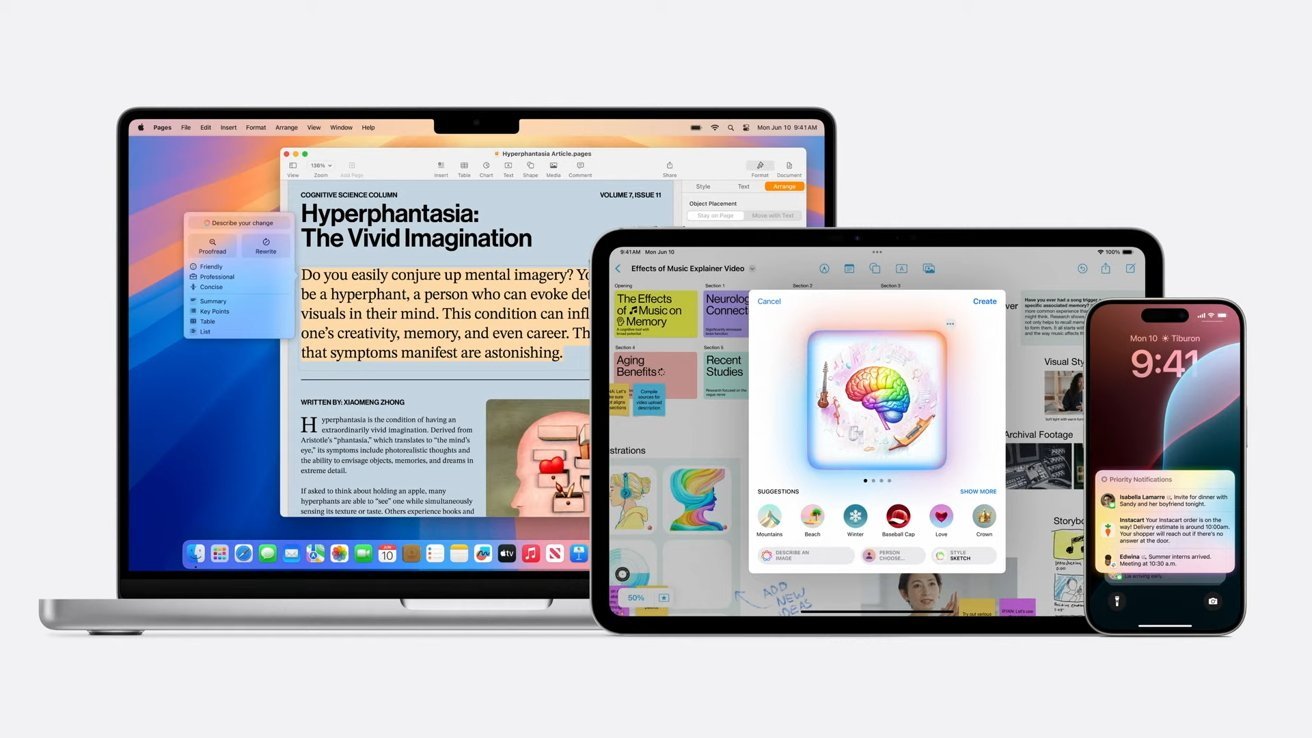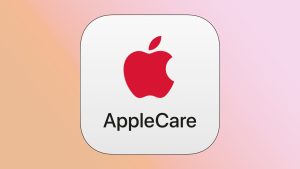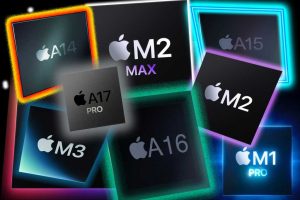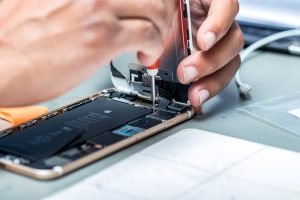
Examples of Apple Intelligence at work.

Apple is now on its second round of developer betas for iOS 18.2, iPadOS 18.2, and macOS Sequoia 15.2, alongside the first rounds of tvOS 18.2, watchOS 11.2, and visionOS 2.2.
The new round of developer betas follows after the first, which for iOS 18.2, iPadOS 18.2, and macOS Sequoia 15.2, landed on October 23. This is the first beta release for this generation for tvOS 18.2, watchOS 11.2, and visionOS 2.2.
The second builds of iOS 18.2 and iPadOS 18.2 share build number 22C5125e, replacing 22C5109p. The second macOS Sequoia 15.2 build is 24C5073e, up from 24C5057p.
The first tvOS 18.2 beta build is number 22K5132e, the initial watchOS 11.2 beta is build 22S5077d, and the first visionOS 2.2 beta is 22N5778f.
Following the end of the iOS 18.1 wave of betas with the release of Apple Intelligence, the iOS 18.2 wave is about adding more features to the generative AI tools.
For the existing Writing Tools, there’s a new API for third-party developers to use.
The new inbound features include Genmoji, which creates emoji for users based on prompts. Image Playground is similar, enabling users to use prompts to generate images for use in documents, with an API also on the way for that.
Siri gets a big update, thanks to ChatGPT integration. Some responses will be shared with the third-party AI service via Siri, which can provide better responses.
iPhone 16 owners will be able to try out Visual Intelligence, asking queries using the iPhone camera.
Lastly, Apple Intelligence will be available in more regions. Currently, Apple Intelligence is usable only in American English, but it will be available in five new English-speaking regions.
Betas of iOS and iPadOS are also provided for older devices that do not support Apple Intelligence.
AppleInsider and Apple strongly advise that users do not install test operating systems or other beta or RC software onto “mission-critical” or primary hardware, due to the small chance of issues that could result in the loss of data. Testers should therefore use secondary or non-essential devices and make sure they have sufficient backups of any critical data.




